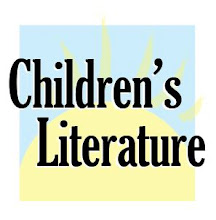The following is the second part in a six part series written by CLCD President Marilyn Courtot. Aimed at reviewers and writers, we will be running a new part every month.
Type-Style and Placement
In my last entry, I discussed basic construction and illustrations. This entry’s focus is type style and the placement of type on the page.
Look at the book’s typeface. Is it readable? Usually a type style or font described as “simple sans serif” is recommended. That is a type style that does not have small lines to finish off the main stroke of a letter-to illustrate M (serif) versus M (sans serif). For youngsters leaning to read and write, the sans serif characters are easy to recognize and print. For all readers the important issue is whether the typeface is easy to read.
Next, is the type big enough or of a sufficient point size for young readers? The point size is the height of the font or typeface from the bottom of the descenders such as “q” to the top of ascenders such as “h”. Also, there should be sufficient leading (the vertical space occupied which determines the amount of white space between lines). Look at the track or amount of space between the characters. For most readers, characters that touch each other are more difficult to identify and recognize.
Finally, is the type clearly set off from the illustrations? Is there good balance? White space can help to focus on detail, and its importance should not be overlooked. Is there sufficient contrast between the text and the illustrations? For example, if the text is printed within an illustration, does it clearly stand out either against a lighter part of the background or is it placed in a white box within the illustration? If the latter approach is used, does it have a negative impact on the visual presentation of the art?
Use your own eyes and trust your judgment.
Marilyn Courtot
Publisher and Editor
CLCD
Subscribe to:
Post Comments (Atom)





No comments:
Post a Comment